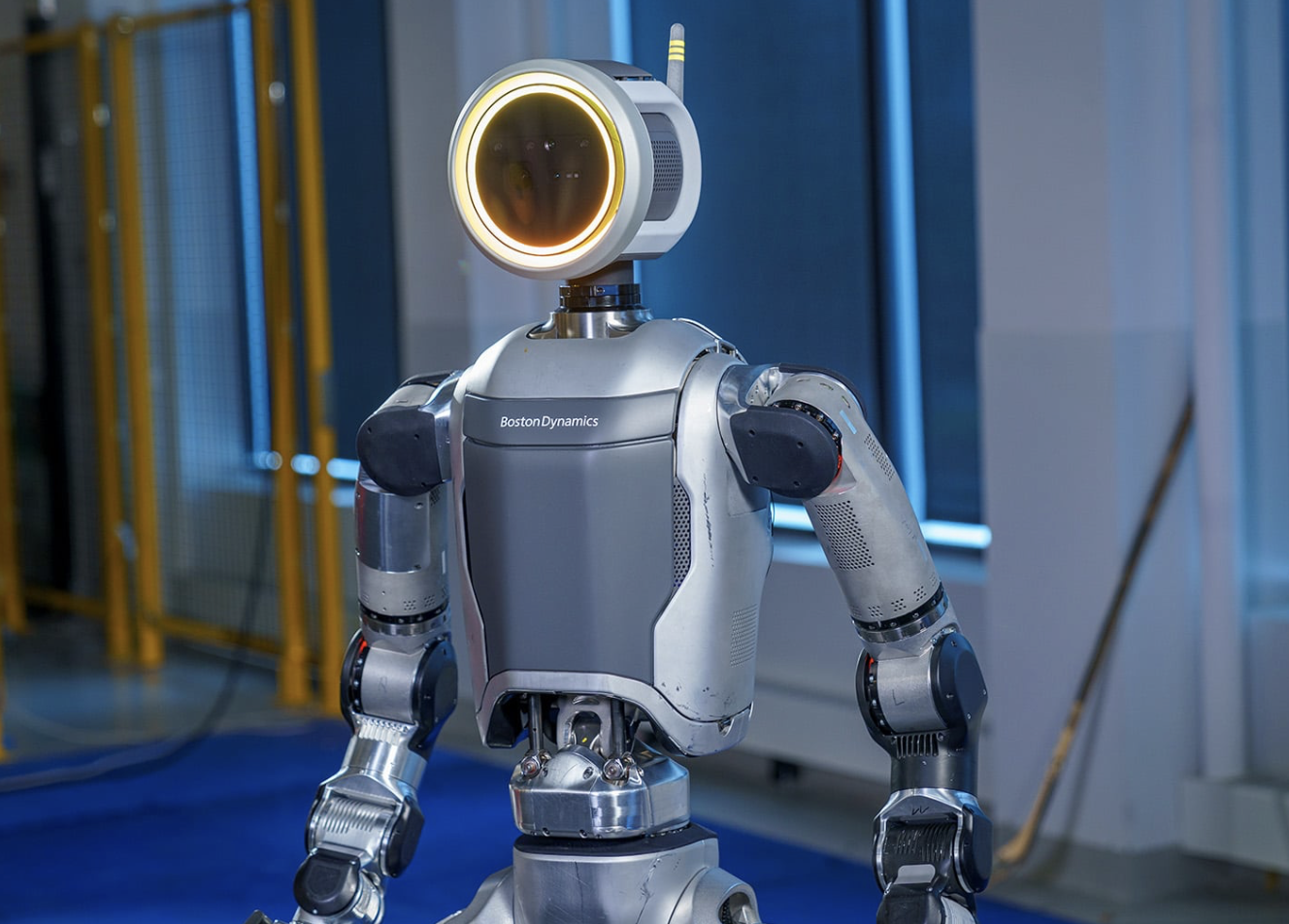Advancing Humanoid Robotics for Real-World Industrial Applications
- Transition to Electric: Boston Dynamics transitions from hydraulic to electric with the new Atlas robot, enhancing strength, dexterity, and range of motion for industrial tasks.
- Collaboration with Hyundai: The rollout of the electric Atlas begins with strategic partnerships, notably with Hyundai, to test and iterate applications in advanced manufacturing environments.
- Comprehensive Digital Integration: Beyond hardware, Boston Dynamics emphasizes significant advancements in AI and machine learning integration, along with the introduction of the Orbit software platform for managing robotic fleets.
Boston Dynamics, a trailblazer in robotics innovation, has launched a new electric iteration of its Atlas robot, marking a significant shift towards more sustainable, powerful, and versatile automation tools in industrial settings. This next-generation Atlas builds on decades of research and development, signaling a major leap in the practical application of humanoid robots beyond experimental settings.
Technological Enhancements and Capabilities
The newly unveiled electric Atlas represents a transformative upgrade from its hydraulic predecessors. This model boasts improved strength and a broader range of motion, crucial for handling diverse and challenging tasks in industrial environments. Additionally, the robot has been equipped with various gripper types to suit a wide array of manipulation needs, from lifting heavy, irregular objects to performing delicate assembly tasks. The design aims not merely to mimic human movement but to exceed it, optimizing efficiency for specific operational tasks.
Strategic Industrial Deployment
The introduction of the electric Atlas aligns with Boston Dynamics’ strategic partnership with Hyundai, which will serve as a testing ground for the robot’s capabilities within the automotive manufacturing sector. This collaboration is part of a broader approach where Boston Dynamics aims to closely work with a select group of innovative customers to refine and enhance the robot’s functionalities through real-world applications.
Software and Operational Integration
Significant advancements have also been made in the software domain to complement the sophisticated hardware of the Atlas robot. The introduction of the Orbit software platform is a notable development, providing a centralized system for managing robot fleets, site maps, and essential data for digital transformation initiatives. This platform will support not only Atlas but also other robots in the Boston Dynamics lineup, like Spot and Stretch.
Furthermore, the integration of AI and machine learning tools such as reinforcement learning and computer vision equips Atlas to adapt and respond to complex real-world scenarios more efficiently. This capability is crucial for autonomous operation in dynamic and potentially unpredictable environments.
Future Prospects and Challenges
As Boston Dynamics continues to innovate in the field of humanoid robotics, the electric Atlas is set to play a pivotal role in demonstrating the practical viability of robots in performing varied and complex tasks in real-world settings. The focus now extends beyond just hardware innovation to creating a holistic ecosystem involving IT infrastructure, safety standards, and operational processes that are necessary for the scalable deployment of autonomous mobile robots.
The journey of Atlas from a primarily R&D-focused project to a commercially viable product highlights Boston Dynamics’ commitment to not only advancing the state of robotic technology but also ensuring these advancements are applicable and beneficial in everyday industrial tasks. The potential of Atlas to transform mundane, hazardous, and intricate tasks into automated processes offers a glimpse into the future of robotics in industries worldwide.
